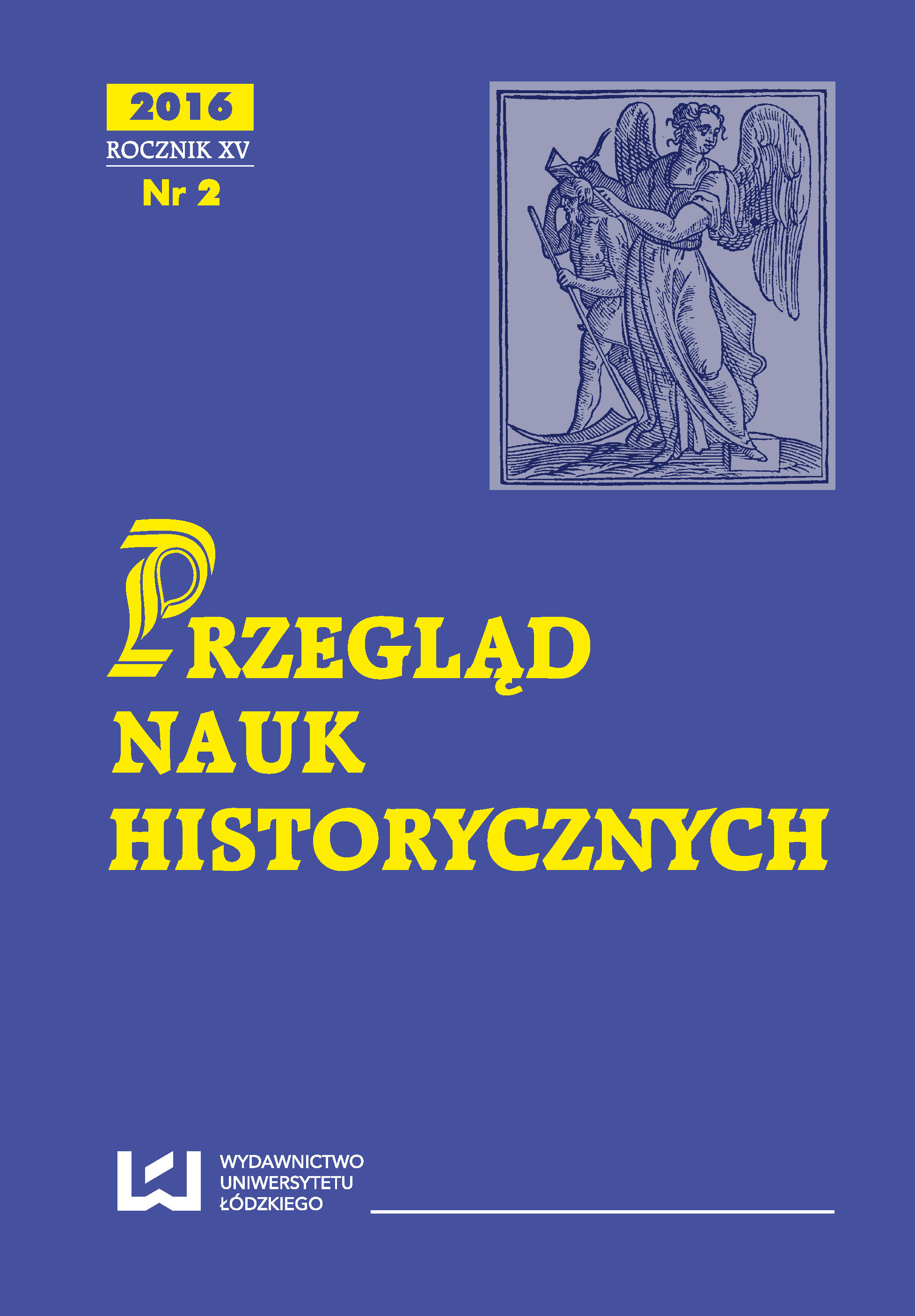Malábathron (μαλάβαθρον). Kilka uwag o roli Cinnamomum tamala w medycynie i w kuchni antyku i Bizancjum między I a VII wiekiem
Malábathron (μαλάβαθρον). A few words on the role of Cinnamomun tamala in medicine and culinary art of antiquity and early Byzantium in the period between the 1st and the 7th centuries
Author(s): Zofia Rzeźnicka, Maciej KokoszkoSubject(s): Ancient World, Health and medicine and law, 6th to 12th Centuries
Published by: Wydawnictwo Uniwersytetu Łódzkiego
Keywords: Tejpat; spices; ancient and Byzantine drug-lore; ancient cuisine;
Summary/Abstract: The present study deals with the history and applications of one of the spices, called in Greek malábathron (μαλάβαθρον) and malabathrum (or malobathrum) in Latin. It is nowadays called tejpat or tejpata. The researchers try to establish the time when it appeared in the Mediterranean and subsequently identify its medical and culinary uses, which were noted in Latin texts and first and foremost in Greek medical sources. On the way the authors of the study attempt to pinpoint the meaning of the term folium used in some recipes included in the collection entitled De re coquinaria. The researchers conclude that the history of the spice is an excellent example of globalization of ancient and early Byzantine trade. Though there is no argument for mass import of cinnamomum tamala to the Mediterranean, the spice had a tangible effect on medicine (including cosmetology) and culinary art over all centuries in interest of the article. The authors admit a failure in their attempt to pinpoint the exact moment since when the aromatic leafage of cinnamomum tamala started to be transported to reach the territories, where centres of the Mediterranean civilization were blossoming. On the other hand, they prove that a major growth in the interest in the plant dates back to the 1st c. BC., and they surmise that it might have occurred in the wake of the Roman conquest of the near East and incorporation of Egypt (which were both important points on the malábathron trade route). Anyway, the dietetic-pharmacological doctrine on the characteristics of the plant had been shaped to a commonly accepted form well before the 1st century. Subsequently (and for the first time in the extant sources) it was penned by Dioscurides in his De materia medica. The theory, after being supplemented with Galen’s findings became the cornerstone of medical deliberations on the spice composed up to the 7th century. Malábathron never became a common medicine nor a cheap culinary ingredient. The fact that it was imported from far away (precisely from China, via India, to Syria and Egypt, wherefrom it was later transported to the northern shores of the Mediterranean Sea) contributed to its high price, which limited the number of its buyers and consumers. As for medicine, medical treatises suggest an unbroken use of the spice up until the time of Paul’s of Aegina medical encyclopedia (however, exclusively as a condiment utilized in medicines produced for the upper classes of society). In turn, the recipe given by Anthimus prove that cinnamonum tamala was profited from by Roman and Greek cooks, and that a taste for it developed even such barbarian as the Francs. As for the presence of malábathron-including recipes in De re coquinaria, having analyzed select Greek medical texts, the authors of the article came to the opinion that the term folium (with no adjective nor an adjectival phrase) used in the collection refers only and exclusively to cinnamomum tamala. Thereby, they support Andrew Dalby’s opinion on the subject.
Journal: Przegląd Nauk Historycznych
- Issue Year: 15/2016
- Issue No: 1
- Page Range: 5-42
- Page Count: 38
- Language: Polish

